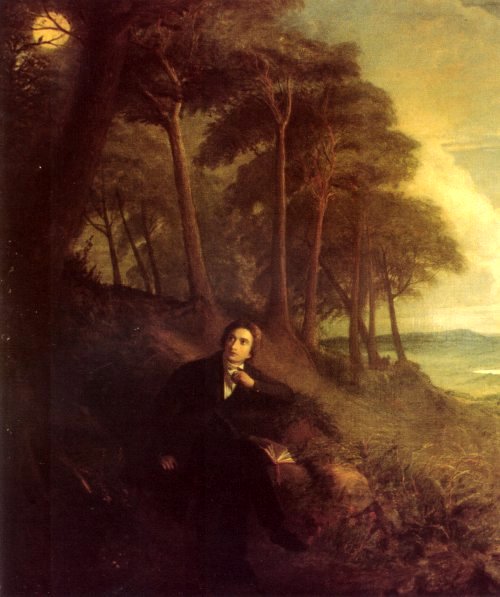
Setting – Obviously, the backdrop of the poem is that of the autumn season. While Keats was residing at Winchester for a few days it so happened that he went for a walk in the rural sides of the country. He much influenced by the scenic beauty of the late Autumnal aspects. This poem, written… Continue reading Summary of Ode to Autumn by John Keats: 2022

The latest of Keats’s odes “To Autumn” was written in September 1819. Here the tensions, opposition, and Conflicting emotions are diminished amid a series of dense impressions of a season whose bounty contains both fulfillment and incipient decay, both an intensification of life and inevitable but the natural process of aging and dying. In thought… Continue reading Analysis of Ode to Autumn by John Keats: 2022

John Keats- A lover of beauty and rest, John Keats, the romantic poet, was born as the son of a ostler in London. He was apprenticed to a surgeon after college, but left surgery to embrace poetry. His twenty-six year of life with a very short period of poetic career had witnessed malicious criticism and… Continue reading Ode on Melancholy Summary and Analysis by John Keats: 2022

John Keats- John Keats is hailed as one of the greatest romantic poets of all times. Born in 1795, he went on to write several poems starting from an early age of 18. Though his poems were not much appreciated while he was alive, they were, and are much celebrated in the later years. He was… Continue reading Ode on Indolence Summary and Analysis by John Keats: 2022

First and foremost, this poem is about the poetry of the earth. This ‘poetry’ that Keats talks about can be read variously. The Poet of Earth: Analysis Literally speaking, the poetry of earth indicates the various sounds found in the natural world, be it the calls of birds or beasts or insects. These natural sounds… Continue reading The Poetry of Earth: Analysis

The poem is a sonnet by John Keats. The poem was composed in the December of 1816 when the poet was twenty-one years of age. It was published posthumously in ‘The Poetical Works of John Keats’ in 1884. About the Poet: John Keats (1795–1821) was one of the leading figures in the second-generation Romantic poets.… Continue reading The Poetry of Earth: Summary

Keats claimed not to care for his most critically neglected long romance, Isabella; Or, The Pot of Basil (1818), calling the poem “mawkish,” “weaksided, with “an amusing sober-sadness about it.” He tried to dismiss the poem as “too smokeable” and worried that there was “too much inexperience of life, and simplicity of knowledge in it.”… Continue reading Isabella Or The Pot of Basil Analysis by John Keats

Born in London, England, on October 31, 1795, John Keats, English Romantic poet, devoted his short life to the perfection of poetry marked by vivid imagery, great sensuous appeal and an attempt to express a philosophy through classical legend. In 1818 he went on a walking tour in the Lake District. His exposure and overexertion… Continue reading Summary of Isabella Or The Pot of Basil by John Keats

Beaming Notes: Meg Merillies, John Keats (1795—1821) John Keats, wrote despairingly in a letter to Fanny Brawne, when he was consumptive “If I should die, I leave no immortal work behind.” A year later he died at only 25. Yet he ranks among now among the greatest poets in English Literature and became one of… Continue reading Summary and Analysis of Meg Merillies by John Keats

Born in London, England, on October 31, 1795, John Keats, English Romantic poet, devoted his short life to the perfection of poetry marked by vivid imagery, great sensuous appeal and an attempt to express a philosophy through classical legend. In 1818 he went on a walking tour in the Lake District. His exposure and overexertion… Continue reading Summary and Analysis of On the Sea by John Keats





